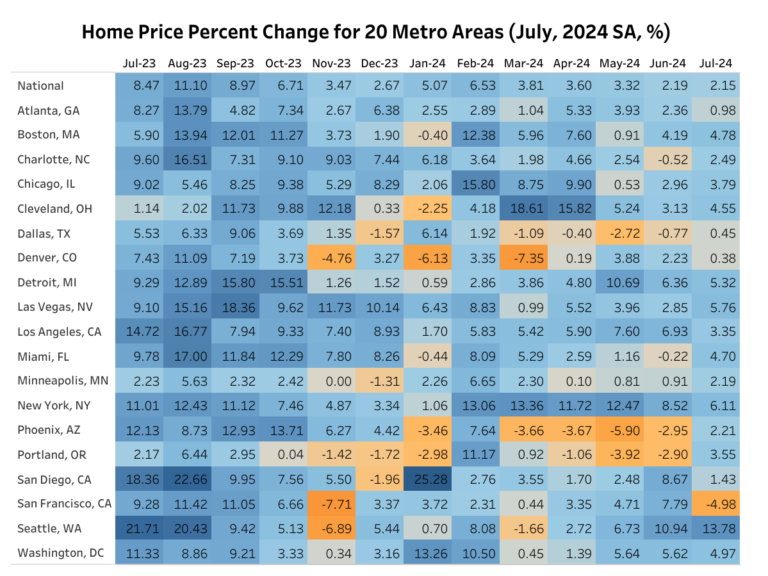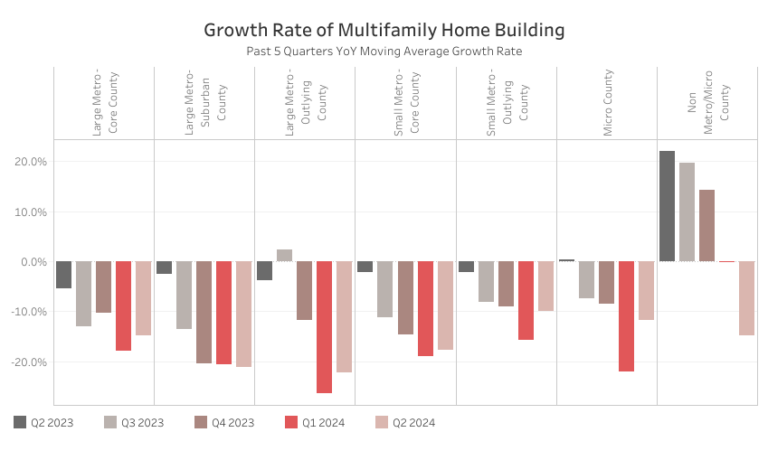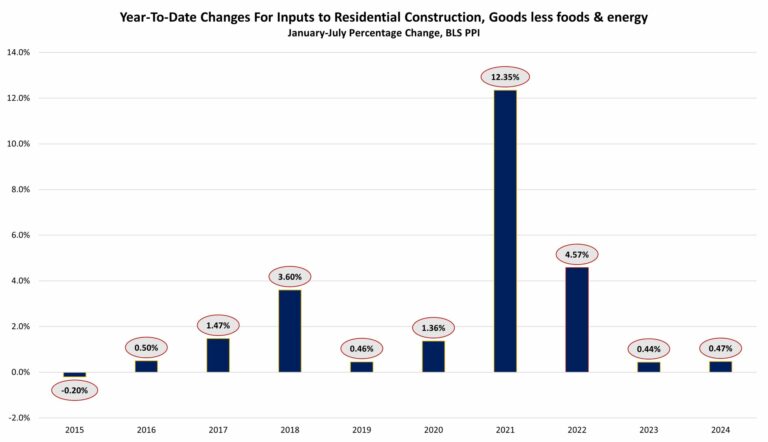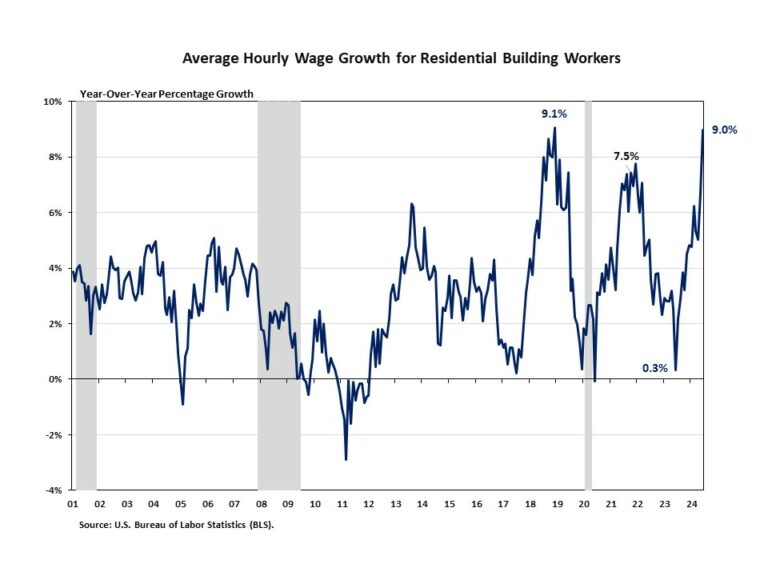The U.S. economy grew at a solid pace in the third quarter of 2023, boosted by strong consumer spending and government spending. According to the “advance” estimate released by the Bureau of Economic Analysis (BEA), real gross domestic product (GDP) expanded at an annual rate of 2.8% in the third quarter of 2024, following a 3.0% gain in the second quarter of 2024. This quarter’s growth matched NAHB’s forecast.
Furthermore, the data from the GDP report suggests that inflation is cooling. The GDP price index rose 1.8% for the third quarter, down from a 2.5% increase in the second quarter of 2024. The Personal Consumption Expenditures Price (PCE) Index, which measures inflation (or deflation) across various consumer expenses and reflects changes in consumer behavior, rose 1.5% in the third quarter. This is down from a 2.5% increase in the second quarter of 2024.
This quarter’s increase in real GDP primarily reflected increases in consumer spending, exports, and federal government spending.
Consumer spending, the backbone of the U.S. economy, rose at an annual rate of 3.7% in the third quarter. It marks the highest annual growth rate since the first quarter of 2023. The increase in consumer spending reflected increases in both goods and services. While goods spending increased at a 6.0% annual rate, expenditures for services increased 2.6% at an annual rate.
The U.S. trade deficit increased in the third quarter, as imports increased more than exports. A wider trade deficit shaved 0.56 percentage points off GDP. Imports, which are a subtraction in the calculation of GDP, increased 11.2%, while exports rose 8.9%.
In the third quarter, federal government spending increased 9.7%, led by a 14.9% surge in national defense outlays.
Nonresidential fixed investment increased 3.3% in the third quarter. Increases in equipment and intellectual property products were partly offset by a decrease in structures. Meanwhile, residential fixed investment decreased 5.1% in the third quarter and dragged down the contribution to real GDP by 0.21 percentage points. Within residential fixed investment, single-family structures declined 16.1% at an annual rate, multifamily structures decreased 8.7%, while improvements rose 13.9%.
For the common BEA terms and definitions, please access bea.gov/Help/Glossary.
Discover more from Eye On Housing
Subscribe to get the latest posts sent to your email.
This article was originally published by a eyeonhousing.org . Read the Original article here. .






